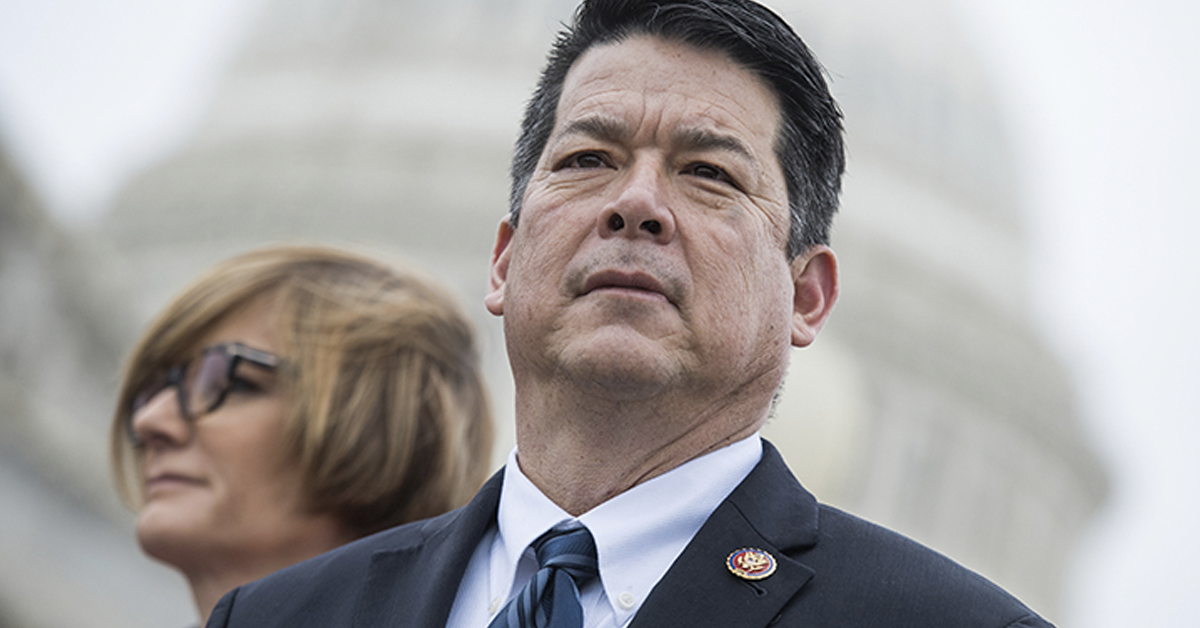Recent reports paint a bleak picture for Monarch butterfly populations overwintering in Mexico where ongoing deforestation depletes the trees the Monarchs prefer for overwintering, and drought makes their migrations more perilous.
Recent overwintering counts of the California population indicate a decline in the population size this year, attributable to winter storms in 2022.
While it might seem urgent that action is taken, the truth is that none of these factors will be improved by listing the Monarch as threatened or endangered under the federal Endangered Species Act.
The drumbeat to list this iconic butterfly under the Endangered Species Act has been steady for over a decade, but it’s louder now due to these latest, dire reports.
While it might seem like the Monarch is in desperate straits and that federal protection is the answer, such regulations won’t help the Monarch butterfly and it will undermine the effectiveness of the Endangered Species Act to protect those species which are truly in desperate need of rescue.
It will create layers of federal regulatory red tape making voluntary habitat restoration for the Monarch more challenging and daunting for private landowners and agricultural producers.
Federal listing will encumber research, cause chaos and confusion in a public used to growing and interacting with the species, and ultimately threaten the Endangered Species Act, as the untenable listing of the Monarch will initiate concessions and exceptions to account for its presence in backyards, parks, and schools.
The Endangered Species Act is intended to help recover imperiled species, but some will view a listing of the Monarch under the Act as a misguided use of the law to protect a unique migration phenomenon when the species itself is clearly not at risk of extinction and continues to demonstrate great resiliency over time.
The Monarch remains a globally secure and widespread species that will not benefit significantly from a federal listing as it’s already receiving more resources than any listed insect. Millions more invested in a species which is already garnering vast sums, and additional regulations restricting interactions with it are unlikely to bolster the species, or indirectly benefit the litany of other insects which actually hover on the cusp of extinction.
Well-meaning organizations and agencies should continue their efforts to bolster Monarch populations and engage the public in the voluntary conservation of one of the few insects which has managed to capture the public’s sympathies and admiration.
The perception that Monarchs have been in a long-term decline is due to a quirk of fate: the misconception is based on population monitoring that began during a few boom years in the early and mid-1990s, when 100’s of millions were tallied. This is an enormous population for any species.
Declines ensued but populations appear to have stabilized with 10’s of millions in the U.S. alone, the numbers of which do not justify listing. The truth is, scientists have been monitoring Monarch populations for decades, and fluctuations around that number probably most closely represent the natural state of the species. Insect populations typically have a bust and boom cycle taking advantage of short-term favorable conditions to explode and spread, only to crash back down to earth when the going gets rough, as it periodically will. But a widespread species like the Monarch can, and has, weathered countless tough periods.
The capacity of Monarch butterflies to rebound is astonishing; populations can increase orders of magnitude in just a few generations, which could happen in a few months. The migratory phenomenon is also secure; introduced Monarchs migrate in their new seasonal habitats in New Zealand and Australia. And resident populations exist in California, South Carolina, and Florida which mingle and bolster visiting migrant numbers and genetic diversity.
The desire to focus on a famous and charismatic species that unites the country is laudable. But we can rally around the Monarch without it being listed under the federal Endangered Species Act.
The Monarch is a poster child for voluntary habitat work. Moreso than perhaps any other species; it’s popular, widespread and easy to foster in the yard or classroom. Listing would confuse or stop the ongoing goodwill from millions of Americans.
It is important to understand that Monarch populations will fluctuate and our energy is better served trying to mitigate the habitat loss and climate change that is imperiling not only our favorite butterfly but innumerable other species threatened by humanity.











